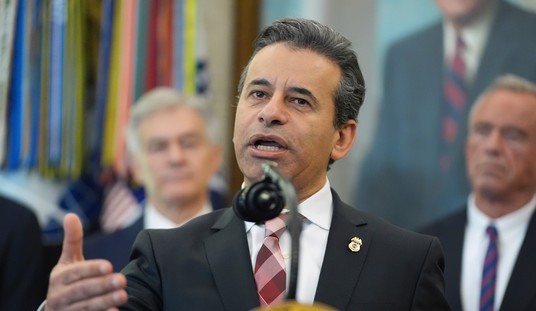It’s official: praising men is politically incorrect.
“Brave” even, as Fox & Friends host Tucker Carlson noted during my interview last week. I had appeared on the program to discuss a letter I’d written to my husband for my website subscribers that was subsequently published at Fox News.
The point of my letter was to thank my husband for the sacrifices he has made, and continues to make, on my behalf and on behalf of our children. I could have done this privately, but I made it public to give a much-needed nod to all the other husbands who are just like mine.
They are manifold. And hugely underrepresented.
I know this because I’ve been in the trenches of the gender war for years and have heard from countless husbands. I know it because the response to my letter was overwhelming, and a common theme fell along these lines:
Thank you. From myself as well as untold millions of men, of any race, who have been marginalized over the last 60 years. I do not mean to marginalize the contributions of all the hard-working women who have contributed greatly in many fields. God Bless them.
But for the men, for myself, who have sat and listened to endless streams of negativity about all our faults, lusts, hobbies, friends, etc., I say thank you for sharing your letter to your husband. … This is something so simple, but it hits men to their core.
We in America pay zero attention to men, husbands, and fathers in particular. To the degree we mention them at all, it’s to complain they don’t do enough.
Millions of women, myself included, disagree profoundly.
Most husbands work very hard to please the women in their lives and to do right by their families. And millions of women benefit from their efforts.
That’s the main reason I wrote the letter. The other was to address the cultural narrative that suggests the breadwinner husband no longer exists, or that if he does, he’s a dying breed who’s no longer necessary.
That just isn’t true.
It is true that the employment rate of married mothers with children is at 63%. But how do these wives and mothers work? In what capacity?
The majority of married mothers don’t look anything like the women you see on your television screens each morning when you drink your coffee, and every evening when you flip through movie channels.
Here’s what they really look like: 26% stay at home with their children and are not employed. So then we’re left with the 63% of so-called working mothers. But here’s where the details matter.
The Department of Labor defines any mother who brings home an income of even one dollar per year as a “working mother.”
Only 46% of this group works full time and year-round.
The rest work part-time, or move in and out of the workforce to accommodate for the needs of their children and families. Some own their own businesses or work out of their homes. Some blog. Some have worked part time since the day their children were born.
These wives and mothers represent the one-and-a-half income family, and all one-and-a-half income families must rely on one steady breadwinner. It isn’t always the husband, but it usually is. There are presently only 16% of stay-at-home dads.
All of this means means the following: if you combine the 26% of stay-at-home mothers who are not employed with the 17% of part-time working mothers, almost half of married mothers in the U.S. depend on a steady breadwinner husband.
I believe the huge response to my letter is a direct result of this untapped market. Not only does the one-and-a-half income family exist in spades, it is destined to grow. Remote offices, or the new way in which we work, will demand it.
As to who takes on the lion’s share of breadwinning and who takes on the lion’s share of housework and child care? That, I suppose, is up for grabs. But regardless of who does what, wouldn’t it be great to have less finger-pointing and more gratitude for the team effort?









Join the conversation as a VIP Member